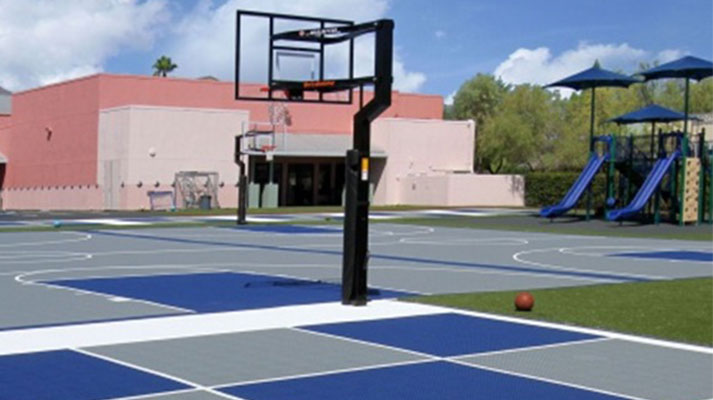The Importance of Sports Infrastructure: Building Foundations for Physical Excellence
Sports infrastructure forms the backbone of athletic development, community engagement, and the promotion of healthy lifestyles. High-quality facilities not only support professional athletes but also inspire people of all ages to participate in sports and physical activities. From state-of-the-art stadiums and training centers to community parks and school sports fields, investing in sports infrastructure is essential for societal growth and the nurturing of talent.
Boosting Athletic Performance
Sports infrastructure plays a critical role in enabling athletes to reach their full potential. Training facilities equipped with modern technology, such as performance tracking systems and biomechanical analysis tools, provide valuable insights for improving skills. Properly designed stadiums, courts, and tracks create environments that enhance performance while minimizing the risk of injury. For example, advanced turf systems, shock-absorbing surfaces, and climate-controlled environments ensure optimal conditions for training and competition.
Fostering Community Engagement
Sports facilities act as hubs for community interaction, offering spaces where people can come together to play, compete, and socialize. Public parks with multipurpose courts, running tracks, and recreational fields encourage participation in various sports, promoting inclusivity and fostering a sense of community. Accessible sports infrastructure, including facilities for adaptive sports, ensures that individuals with disabilities can also enjoy physical activity and competition.
Economic Impact
The construction and maintenance of sports infrastructure have significant economic implications. Large-scale projects, such as stadiums or sports complexes, generate employment opportunities during their construction and operation. Furthermore, hosting sporting events attracts tourism and investment, benefiting local businesses such as hotels, restaurants, and retail shops. High-profile sports venues can also become landmarks, contributing to a city’s global recognition and long-term economic growth.
Encouraging Healthy Lifestyles
Access to well-maintained sports infrastructure encourages regular physical activity, which is vital for physical and mental well-being. Gyms, swimming pools, and outdoor exercise areas provide opportunities for people to stay active, reduce stress, and prevent lifestyle-related diseases such as obesity and heart conditions. Schools equipped with adequate sports facilities instill the value of fitness in children from an early age, cultivating habits that last a lifetime.
Sustainability and Innovation
Modern sports infrastructure increasingly incorporates sustainable design principles to reduce environmental impact. Green building materials, energy-efficient lighting, and water-saving irrigation systems are becoming standard features in new constructions. Additionally, multipurpose facilities that can host different sports or community events maximize resource utilization, reducing the need for redundant infrastructure.
Challenges and Opportunities
While the benefits of sports infrastructure are undeniable, challenges such as funding, land availability, and maintenance often arise. Governments, private investors, and public-private partnerships play crucial roles in addressing these challenges. Leveraging technology, such as virtual reality for training or smart systems for facility management, can further enhance the efficiency and appeal of sports infrastructure.



